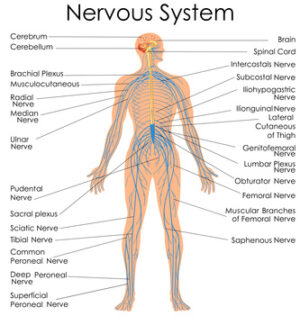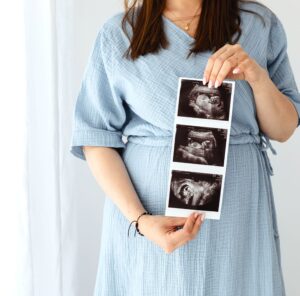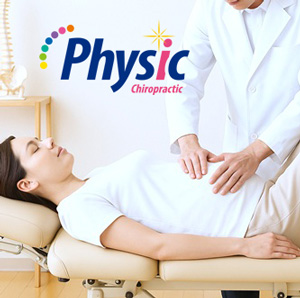Adjust Your Lifestyle for a Healthier Pregnancy Over 35
Pregnancy isn’t just about age—but after 35, hormonal shifts, metabolic changes, and recovery patterns tend to vary more widely. You may find yourself wondering, “What’s happening in my body right now?”
That question is the first step. The next is to visualize and optimize. This guide offers practical and science-based ways to prepare your body for a healthy pregnancy later in life—by improving your internal health, hormone balance, and daily habits.

Optimize Your Inner Health: Start With the Gut and Nutrition
Fertility begins in the gut. Your microbiome plays a central role in hormone regulation, metabolism, and immune function—all of which are key to conception.
To build a stronger foundation:
• Eat foods rich in probiotics (like yogurt, kefir, fermented vegetables) and prebiotics (like fiber, oats, and legumes)
• Replenish fertility-supporting nutrients such as zinc, iron, vitamin D, and folate
• Consider microbiome testing to assess your personal bacterial profile
Blood and urine tests can also help detect hidden imbalances—like inflammation, organic acid buildup, or gut-derived toxins—which allows for targeted and effective care.

Balance Your Hormones: Work With Your Cycle and Nervous System
After 35, hormone production and sensitivity gradually shift. Feeling constantly tired, having irregular cycles, or not bouncing back from fatigue could be signs of hormonal imbalance.
To support your hormones:
• Stabilize blood sugar to reduce insulin resistance and support estrogen balance
• Support adrenal function with B vitamins, magnesium, and proper rest
• Use blood testing to check hormone markers like estrogen, progesterone, FSH, and AMH
Understanding your hormone data helps you replace guesswork with informed decisions.

Align Your Lifestyle: Strength, Metabolism, and Sleep Matter
Physical activity and rest are essential in preparing for pregnancy. Muscles around the pelvis and hips influence blood flow to the uterus and ovaries, as well as your energy levels during pregnancy and birth.
To support this:
• Engage in light cardio (walking, swimming) to improve circulation and metabolism
• Strengthen your core, pelvic floor, inner thighs, and glutes
• Use body composition tools to monitor muscle mass, fat percentage, and metabolic rate
• Improve sleep quality by adjusting light, noise, temperature, and screen habits
These actions also support your recovery and mental stamina after giving birth.

Conclusion
Preparing for pregnancy after age 35 means learning where your body is today—and gently guiding it toward balance.
Whether it’s hormone testing, gut health, nutritional care, exercise, or sleep, each step you take builds resilience, improves fertility, and prepares you for the physical and emotional journey ahead.
Your efforts today are a gift to your future self—and your future child. Start small, stay consistent, and trust your body’s ability to adapt.









